On the past and the future of paper in Euskal Herria and the world
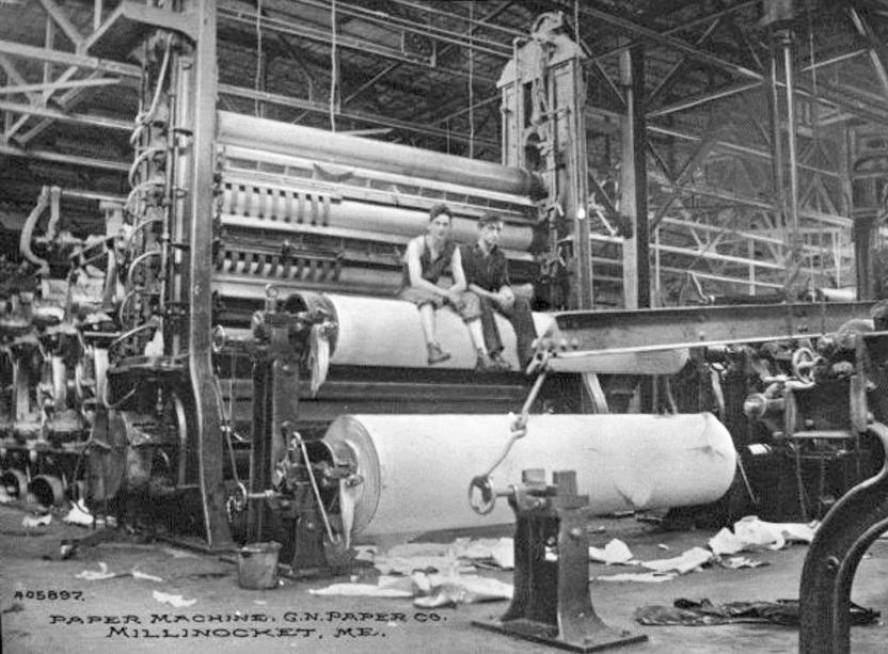
The role is one of the main inventions that history has left us. The paper manufacturing technique was created about two thousand years ago in China, and the use of paper spread over the ten centuries to Europe, Central Asia and the Middle East, by the hand of relations with Muslim countries. From the Middle Ages, its expansion and usefulness, especially by the invention of the printing press, has been one of the symbols of the world expansion of Western civilization. This diffusion of the paper had a great importance in the XVIII. It was from the twentieth century that the scientific revolution and modern science arose.
As the use and control of hydraulic energy and natural resources increased, and in line with the scientific and technological advances produced in the countries of Atlantic Europe, paper machines were extended. In this way, the traditional forms of production existing to date were replaced, implanting factory systems. XIX. As a result of these processes of industrialization of the nineteenth century and the increase in paper demand, paper production has experienced a remarkable growth in the nineteenth century. From the end of the twentieth century to the present day, the paper industry has spread to the whole world.
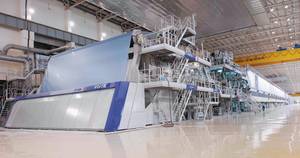
Much more than paper
In 2009 the world consumption of paper stood around 371 million tons. Paper and its derivatives are obtained multiple use materials, in addition the paper industry is closely related to other industrial sectors such as forestry, chemistry and steel. The paper is obtained mainly from paper or cellulose pulp, although before the use of paper pulp is expanded, the rags and vegetable tissues were the main raw material. On the other hand, much of the current production of paper is made from recycled fabrics. The obtaining and whitening of this paper paste extracted from the wood is done through thermal or chemical processes. Among the main papers that are currently manufactured are: printing and writing, thermal or autocopier, tissue (hygienic papers for various uses), kraft paper for the manufacture of bags, packaging paper, apícola, moulded, siliconados and special papers.
From Asia to Europe, and vice versa...
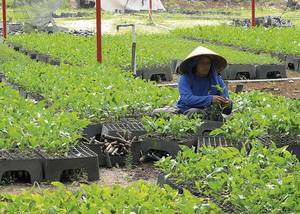
The production of paper has led to its birth. China has been the largest paper producer in the world since 2009. Paper production in China has experienced in recent decades a dizzying growth that, in a few years, is undergoing a profound transformation and modernization. In recent years, numerous factories of low productivity, obsolete technologies and machinery and pollution problems have been closed. At present, the Chinese government is making important economic investments in the paper sector, as is the case of the gigantic Voith paper city stationery located in Kunshan, Jiangsu province.
It must be taken into account that China is a highly demanded country by the number of inhabitants. While demand for paper shows a upward trend unlike the rest of the world, average consumption of paper per person is lower than that of developed Western countries. On the other hand, the Chinese production offer does not meet the domestic demand of the country and more paper pulp is imported than the one exported. And lately, reforestation or tree planting is being fostered in several provinces of the country, with the aim of supplying raw materials for paper pulp to the sector of the Chinese paper industry.
Decline of a traditional industry
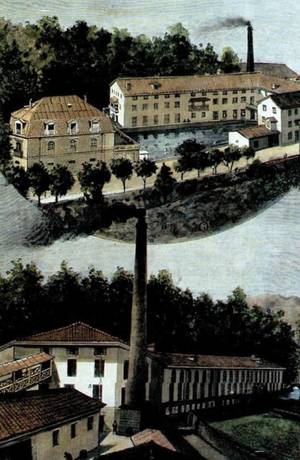
During the last two centuries, numerous paper and paper pulp production workshops have been closed, which have transformed the economy and landscape of Euskal Herria and other parts of the world, and some of the areas directly related to the paper industry are suffering in recent decades processes of de-industrialization. Although the factors and characteristics of the implementation, evolution and current situation of the paper industry are different and varied, some cases could be analyzed.
In Gipuzkoa, especially on the banks of the Oria River and on the banks of the streams that saw it, upstream numerous bins were installed. Throughout the twentieth century. From the end of the century and XX. Throughout the twentieth century, Gipuzkoan paper mills have been large Spanish paper producers. XX. After the growth of the twentieth century, the last four decades have been times of great change for the paper sector. The basis for the growth of the second industrialization was not as fixed as it was thought, and the main problems emerged with the crisis of the 1970s. Among the main problems or weaknesses are the size of the factories, which on average were lower than those of the developed countries internationally, the obsolete machinery, the effects of the international crisis, the increase in the competitiveness of foreign countries, the reduction of investments, the dependency of the protected internal market of international competition and the scant commercial network of expansion in the internal market. If all this were added the workers' strikes, the factory closures and the high levels of pollution of the waters of the rivers, on the eve of the eighties the future of the paper sector was dark. The paper industry is still important in the economy of Gipuzkoa and Tolosaldea, but many of the paper mills that have witnessed this industry have been closed and extracted, others are destined to other economic activities and a few have been preserved as industrial heritage. In the United States, the paper industry and, above all, forestry was developed throughout the XIX century. From the mid-twentieth century. XX. Although in the nineteenth century the paper industry spread to all the United States, some states and areas have maintained a close relationship with the paper industry. XX. In the twentieth century, Wisconsin became one of the most important industries in the state. The low bed of the Fox River is a significant region linked to the paper industry, which although it was later implanted in the environment of Appleto that in Gipuzkoa, experienced a remarkable growth from the 40s. As a result of the evolution of the international economy of recent decades, as well as of the global crisis that emerged in 2008, in some States and especially in Wisconsin numerous paper mills have been closed and in many areas this traditional industry has fallen in recent decades.
Funds from the economy: stories of natural resources and pollution
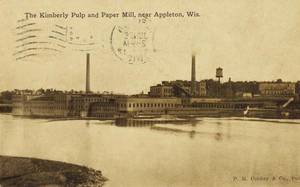
The history of the use and pollution of natural resources has gained importance in recent years. The environmental and social transformations and affections generated by industrial models have been remarkable and have been in the XX. In the eighteenth century, coinciding with the processes of globalization of capitalist economies, these damage has spread to the whole world. Although the main raw materials of the paper industry (wood and water) are renewable natural resources, the sustainability of this sector has been compromised by the energy it consumes and the waste it generates. XX. In the twentieth century, environmental problems associated with the paper industry have become a known reality, and in some countries, large companies in the paper and forestry sector have been produced that have fostered attitudes contrary to the interests of local human communities. However, the generalities are not legitimate since the consequences of the development of the paper industry have been very diverse.
XX. In the twentieth century, many rivers, such as the Oria River, which crosses Gipuzkoa, have suffered high levels of pollution due to the toxic discharges made from the factories. The technological changes and strict environmental regulations of recent decades have led to notable advances in the paper industry, with a significant reduction in pollution cases in the world. The closure of many factories dedicated to the manufacture of paper and, above all, to the manufacture of paper pulp, meant a decrease in the environmental impact, since these factories, in addition to having equipment goods and obsolete machinery, did not have an own system of purification for the treatment of used water.
Decrease in the use of water in paper production processes. Traditionally, 100 liters of water were needed to obtain a kilo of paper, while in some current workshops only one liter of water is needed to obtain a kilo of paper. On the other hand, important investments have been made in obtaining and improving closed water circuits, and strict environmental laws, as well as the increase in energy costs, have contributed to reducing the use of natural resources and to increasing the use of recycled or alternative raw materials (paper obtained from synthetic fibers).

As it entered the second half of the century, aware of the problems of dissipation and water pollution, developed countries began to seek technological solutions to the efficiency of consumption and to establish anti-pollution laws. For this reason, several rivers around the world have had an evolution similar to that of the Gipuzkoan rivers, but others have evolved throughout the twentieth century. They are in a lamentable situation in the mid-twentieth century. It can be said that the modern paper industry has historically had a great dependency associated with resource factors, but in Gipuzkoa and in other areas the environmental impacts have decreased considerably, in XX. Throughout the twentieth century other factors have been added to the factor natural resources. Therefore, due to changes in the sector, on the one hand, and in the context of the globalization of the world economy, the paper industry today is not so traditional or so polluting.





